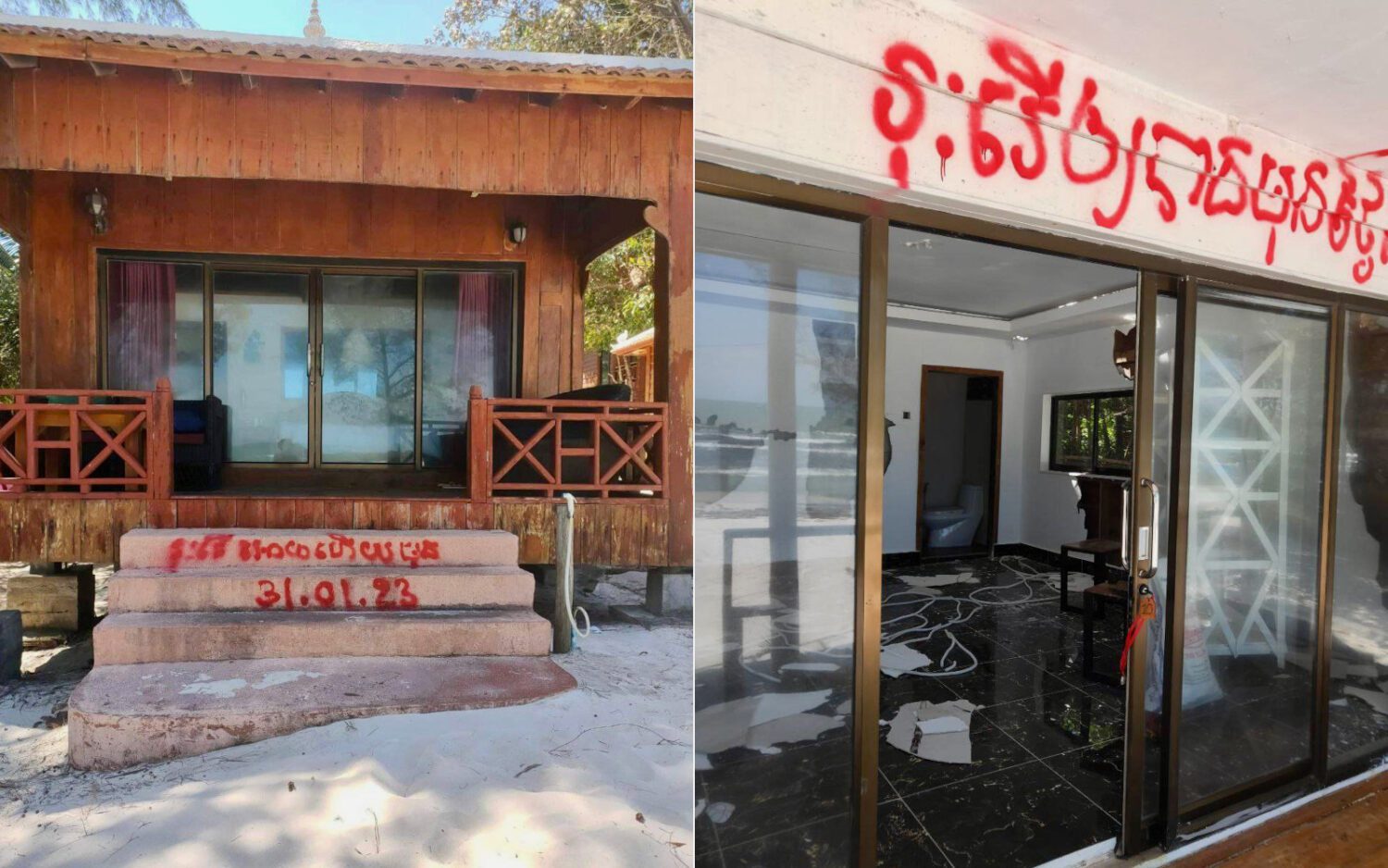Nearly 62,000 traps were removed from protected areas last year, up more than 18,000 from the year prior, the Environment Ministry said, as a conservationist estimated the total number of traps being set in the forests could be five times as high.
Ministry spokesperson Neth Pheaktra, speaking at the start of a government campaign aiming for “zero traps” in protected areas, said the traps threatened many species of wildlife both small and large.
The traps came in a variety of forms, from metal clasps to electric shocks, he said. Some 43,270 traps were removed in 2020, rising to 61,614 traps removed in 2021, Pheaktra said. Some 758 hunting rifles were also confiscated last year, he said.
WWF country director Seng Teak said that previously most traps were traditional ones largely made from vines, but recently there were more modern traps with metal springs.
“They are very effective,” Teak said, adding that they cost only about $5 each. “They have upgraded.”
Teak estimated that the traps found by rangers and community patrols made up about 20 percent of the total, with the remainder still left in the forests.
Wildlife crimes would continue to increase without action being taken against perpetrators, he said.
Birdlife International program manager Bou Vorsak said wildlife trafficking was rife in the provinces of Kratie, Stung Treng, Ratanakiri, Mondulkiri and Kampong Thom, and echoed Teak’s call for action against perpetrators.
He wanted to see crackdowns against wildlife being sold openly in markets, as well as support for community action, he said.
“Encourage local communities, especially forest communities that are in protected areas. There should be a mechanism to encourage them to keep trying,” Vorsak said.
Kim Nong, the ministry’s protected areas department director, said many residents in protected areas collect various items from the forests, including wildlife.
Traffickers could be punished with one to five years in jail and fines up to 150 million riel, or about $37,500, but for residents in protected areas, officials have been working to educate and change their behaviors, Nong said.













